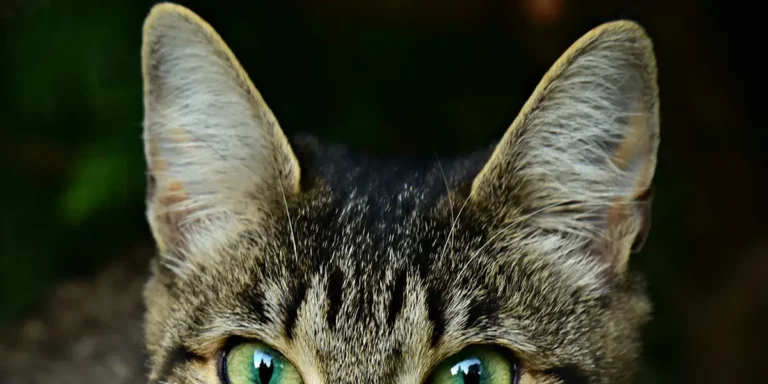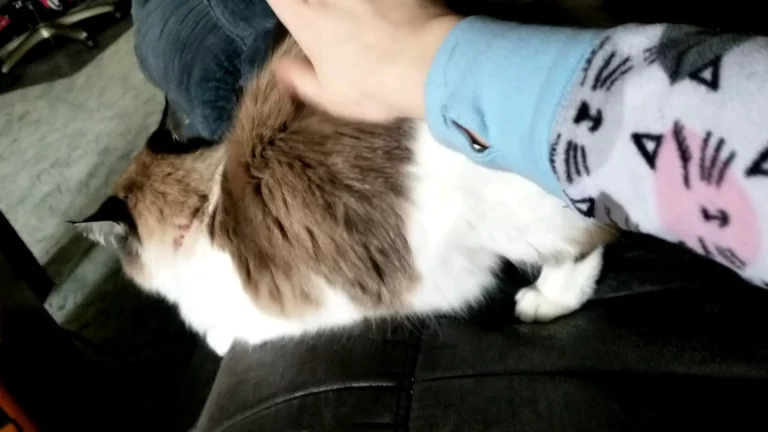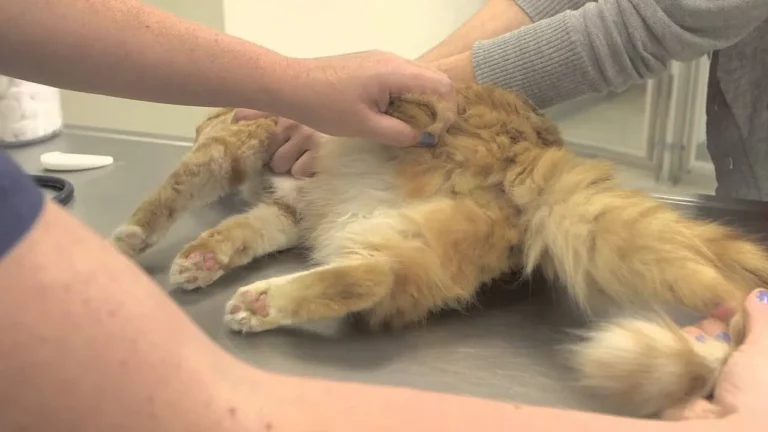Why Do Cats Sleep in Weird Places? You Probably Wouldn’t Guess Correctly Ever!
Ever found your
You’re not alone.
I’ve often wondered why my
The Biology of Cat Sleep
Cats sleep an average of 12-16 hours a day—sometimes even more.
They need these long naps because their predatory ancestors required bursts of energy for hunting.
Even though domestic cats don’t hunt like wildcats, this biological trait remains ingrained.
Cats enter into different stages of sleep, including light sleep and deep REM (Rapid Eye Movement) sleep.
They often doze lightly so they can wake quickly if needed.
This light sleep explains why your
The Role of Instinct and Safety
Instinct plays a significant role in where cats choose to rest.
In the wild, finding a secluded safe place to sleep protected them from predators.
Even house cats retain this instinctual behavior.
So, if you find your kitty inside an empty box or tucked away in your closet, it’s likely seeking out safety and security.
Also, cats love high places because they offer better vantage points to survey their territory, reducing stress by keeping potential threats at bay.
Ever wonder why Fluffy loves perching atop your bookcase?
It’s all about that innate drive to feel secure while staying observant.
Common Weird Places Cats Choose to Sleep
Ever wondered why your
It’s a behavior that leaves many scratching their heads.
Through my years as a vet, I’ve seen it all. Let’s jump into some of these peculiar spots cats pick for their siestas.
In Sinks and Bathtubs
Cats love the cool, smooth surface sinks and bathtubs provide.
These fixtures often fit their body perfectly, almost like a custom-made bed.
Plus, during warmer months, these spots can be refreshingly cool.
I’ve had clients tell me about their cats curling up in the sink right after they’ve brushed their teeth or just before they hop into the shower.
On High Shelves and in Boxes
Cats are natural climbers and hunters, so high shelves give them an excellent vantage point.
They feel safe and can observe everything below without being easily disturbed.
And who hasn’t seen a
Next time you get a package, toss the box out—it might become your
In Closets and Tight Spaces
Closets are another favorite hideaway. The darkness and quiet inside closets create a perfect environment for undisturbed sleep.
Cats instinctively seek tight spaces because it makes them feel secure from potential threats.
Many times, I’ve heard stories of people searching for their cats only to find them nestled between sweaters or behind shoes.
Factors Influencing Cats’ Choice of Sleeping Spots
Cats sleep in some pretty odd places, don’t they? As a vet, I’ve seen it all.
From tucked-away corners to the most uncomfortable-looking spots, cats find the weirdest places to catch their Z’s.
So why do they choose these peculiar locations? Let’s jump into what influences their choice of sleeping spots.
Temperature and Comfort
Cats are heat-seekers by nature. They love cozy, warm spots—think sunlit windowsills or right next to the heater.
Their body temperature runs higher than ours, around 102°F (38.9°C), so they’re always on the lookout for warmth.
Even in hot weather, you might still find them basking in sunny patches because it feels just right to them.
But it’s not all about heat. Sometimes, they’re after coolness too.
Have you ever found your
That smooth, cool surface can be incredibly appealing when temperatures rise.
And comfort plays a big role as well—soft cushions or plush blankets often become prime napping real estate.
Stress and Anxiety
Stress and anxiety also influence where cats sleep.
If your
This could mean hiding under beds or inside closets—places that give them a sense of protection from perceived threats.
Consider this: loud noises like thunderstorms or parties can send them scurrying to quiet hideouts.
Changes at home, such as new pets or moving furniture around, may increase their anxiety levels too, prompting them to find secluded nooks where they can relax away from hustle and bustle.
So if you notice your kitty retreating more frequently to hidden spots, it might be their way of coping with stress or changes in their environment.
How to Provide Better Sleep Options for Cats
Cats love to snooze in odd places, but you can guide them toward more suitable spots. Here’s how.
Ideal Bedding and Locations
First off, the right bedding makes a world of difference. Soft, plush beds with raised edges provide comfort and security.
Elevated
You can place these near windows where they can bask in the sun or observe birds outside.
Consider heated beds if your
Older cats especially benefit from this, as it soothes their joints.
On the flip side, cooling mats help if your
Location matters too. If your
Closets, corners of rooms, or under tables work well for this purpose.
Creating a Safe and Comfortable Environment
Creating an environment that feels safe is crucial for your
Make sure there are no sudden loud noises nearby; cats startle easily and need peace to relax fully.
Ensure spaces are free from drafts but still ventilated.
Consistency in their environment helps—cats dislike changes in their sleeping territories.
Regularly check for any allergens or pests that might disrupt their rest.
Introduce calming elements like pheromone diffusers strategically placed around these areas too; they help reduce stress levels, making sleep deeper and more restorative.
Toys and interactive activities before bedtime contribute positively by tiring them out just enough without overstimulating.
Balance playtime with downtime so they naturally gravitate toward those cozy setups you’ve prepared for them.
Finally, remember each
Observe their habits closely—are they sun-seekers or shade-lovers? Adjust accordingly to create personalized sleep havens tailored to their likes and dislikes.
Conclusion
Whether it’s a cozy nook or an elevated perch, providing options tailored to each
So next time you find your






